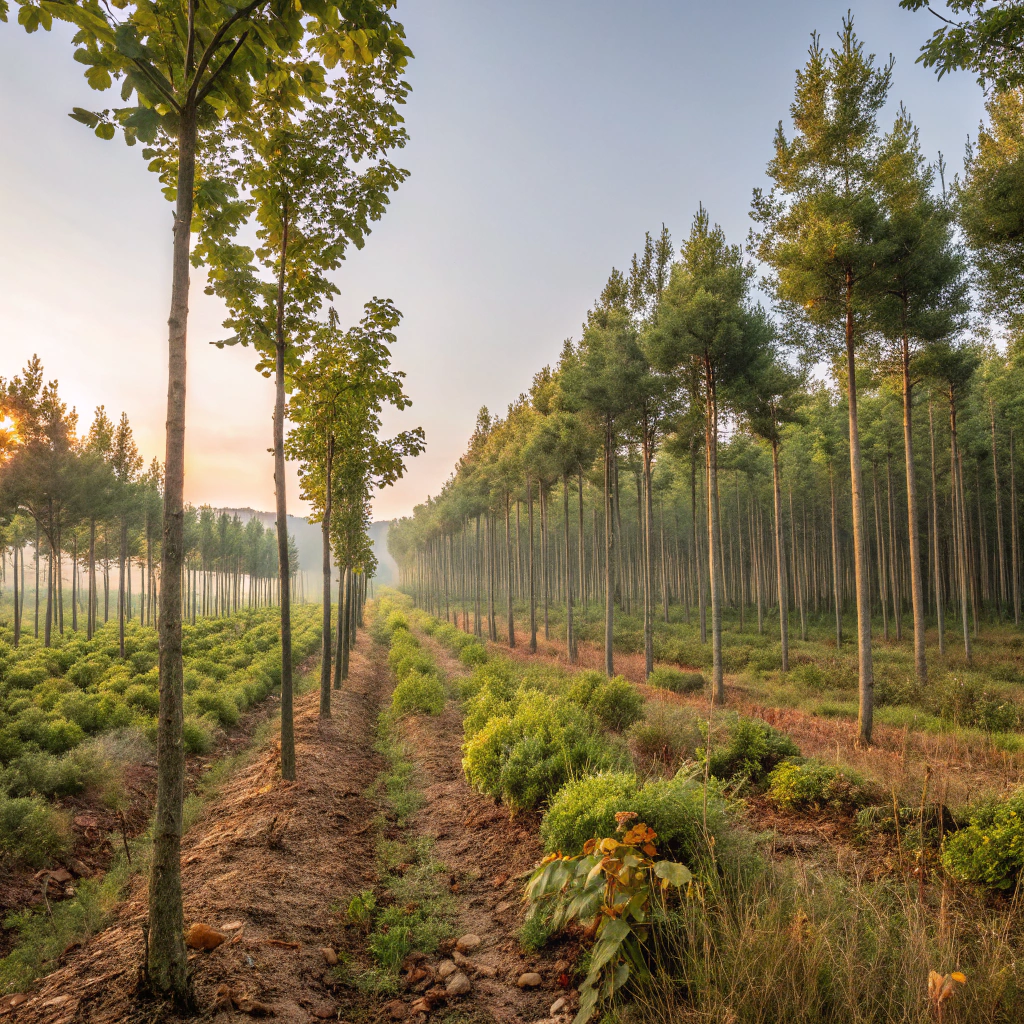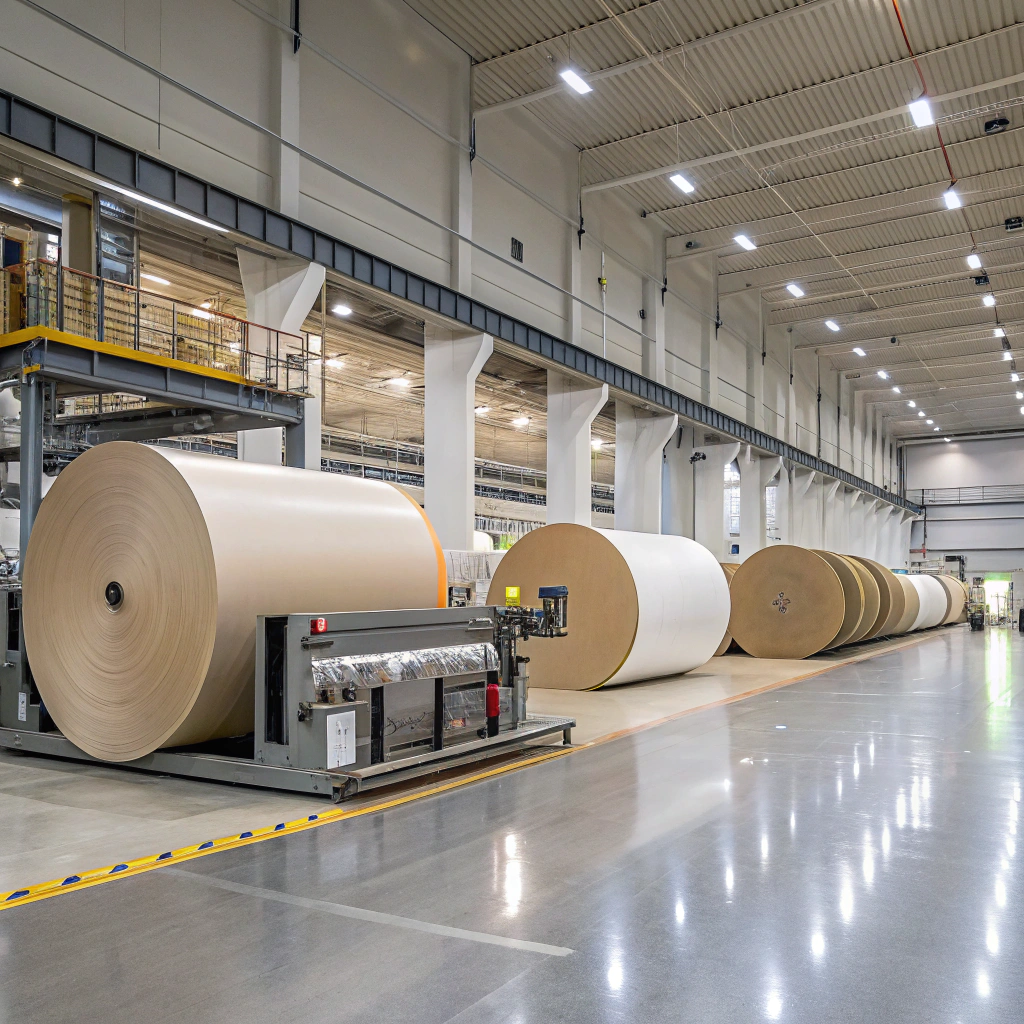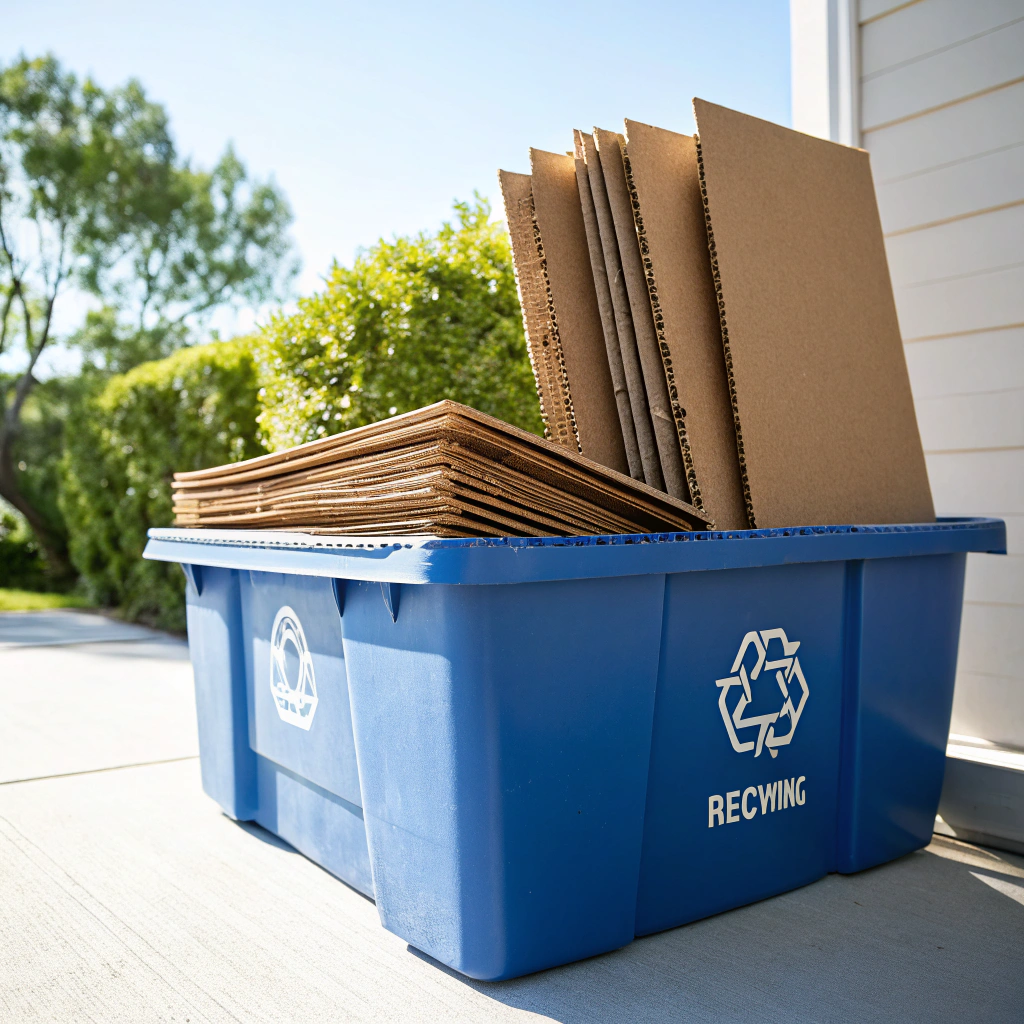The Life Cycle of a Corrugated Box: From Forest to Recycling Bin
Corrugated boxes are everywhere—from shipping online orders to storing household items. But have you ever wondered where these boxes come from and what happens to them after use?
Let’s examine the full life cycle of a corrugated box and why it remains one of the most sustainable packaging materials available in 2025.
🌲 1. It All Starts in the Forest
The journey of a corrugated box begins in responsibly managed forests. These forests are certified by organizations like the FSC® (Forest Stewardship Council) to ensure that wood is harvested sustainably, with practices that protect biodiversity and promote reforestation.

🏭 2. Pulping and Paper Production
Harvested logs are transported to a paper mill where they are debarked, chipped, and processed into pulp. This pulp is then turned into kraft paper—known for its strength, durability, and recyclability.
In many cases, recycled paper is added to reduce environmental impact and energy consumption during production.

📦 3. Corrugating and Box Manufacturing
The Kraft paper is combined in layers—fluted paper sandwiched between two flat liners—to form corrugated board. This structure gives boxes their signature strength while keeping them lightweight.
Once the board is formed, it’s cut, printed, and folded into the familiar box shapes used across industries.

🚚 4. Distribution and End-Use
Finished corrugated boxes are distributed to manufacturers, e-commerce retailers, warehouses, and beyond. Their use cases range from shipping electronics and groceries to storing goods in warehouses.
What makes corrugated boxes ideal is their versatility, stackability, and ability to be customized for different product sizes and protection levels.
♻️ 5. Post-Use and Recovery
After fulfilling their purpose, corrugated boxes can be easily flattened and placed in recycling bins. Unlike many packaging materials, corrugated cardboard is accepted by nearly every municipal recycling program worldwide.
In the U.S. alone, the recovery rate for corrugated boxes is over 90%, making it one of the most successfully recycled packaging materials.

🔄 6. Recycled and Reborn
Recycled corrugated boxes are processed into new pulp, blended with virgin fibers if needed, and made into fresh paper once again. This paper is used to produce new boxes—continuing the sustainable cycle.
On average, corrugated packaging contains more than 50% recycled content and can go through this loop multiple times before fibers degrade.
🌱 Why It Matters
Corrugated boxes play a major role in reducing packaging waste and carbon emissions. Their renewable origin, recyclability, and circular economy model make them essential to modern sustainability efforts.
For businesses, using corrugated packaging helps meet ESG goals, reduce environmental impact, and connect with environmentally conscious customers.
✅ Final Thoughts
From forest to recycling bin—and back again—the life of a corrugated box is a story of renewable design and environmental efficiency. It’s no wonder paper continues to lead the way in sustainable packaging.
At Imperial Paper, we specialize in providing high-quality, eco-friendly corrugated packaging solutions tailored to your business needs. Whether you need custom shipping boxes, branded mailers, or bulk packaging, we’ve got you covered.
📞 Contact our team or explore our corrugated box solutions to join the circular economy today.

